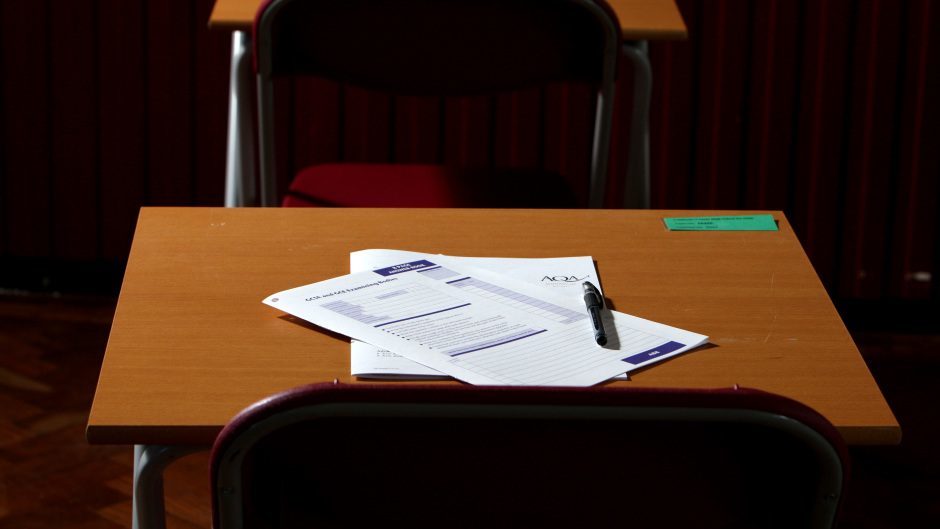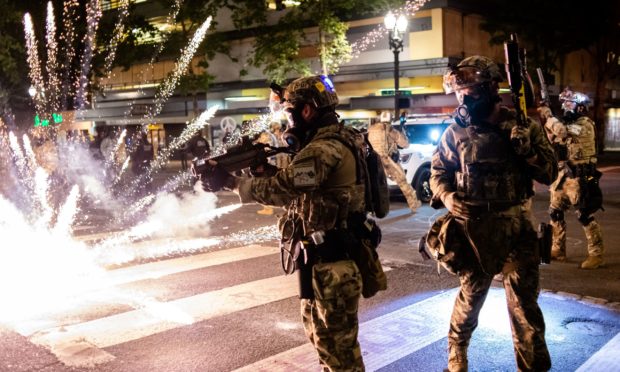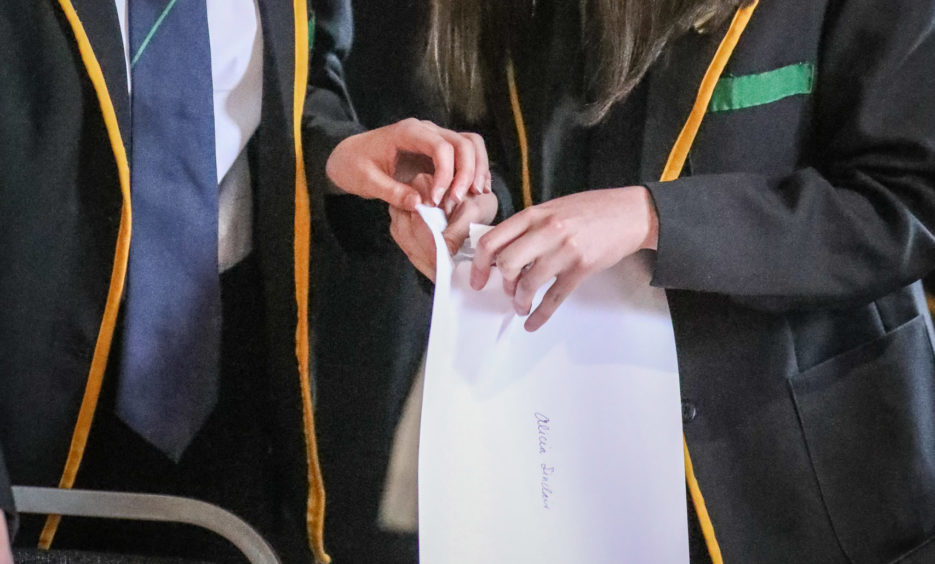Universities in Scotland should consider accepting every young person who applied for a place this year to stave off a crisis “incomparably worse” than the financial crash, a leading economist has argued.
Professor David Blanchflower said the coronavirus pandemic had created an “absolute crisis” for young people and governments should throw “the kitchen sink, and maybe the kitchen” at tackling the issue.
Mr Blanchflower told Holyrood’s Economy, Energy and Fair Work Committee he had never seen “lights flashing more red than this for the young” and pointed to unrest in American cities as a warning to legislators.
The expert, who is based at Dartmouth College, said politicians should make 16-year-olds leaving school their first priority.
“We don’t need to reinvent the wheel, we’ve done huge amounts of work on this,” Mr Blanchflower said. “The consequences of young people not being able to get a foothold into the labour market are long-lasting.
“The way to think of it is, this generates permanent scars not temporary blemishes, and if there’s one group we need to focus on right now, it’s the young – and I want people to have in their heads 16-year-olds.
“Sixteen-year-olds who just left the High School or left a school in Glasgow – what are they doing? And I think one thing you ought to have in your mind as well is some of the things we’re seeing in America – Chicago yesterday, Portland and elsewhere.
“What we’re starting to see is unrest on the streets. Why? Well, a lot of it has to do with young people. The surprise in the past has been that the young have been compliant.
“I think this is an absolute emergency, an absolute crisis.”
Figures released by the Office for National Statistics (ONS) on Tuesday showed the number of people in work in Scotland fell by 15,000 between April and June, as the impact of lockdown hit.
The proportion of people aged 16 to 64 in employment north of the border fell over the quarter to 74.3%, while the unemployment rate rose over that period to 4.5% with 124,000 people out of work.

Mr Blanchflower said the pandemic had led to a deterioration in employment prospects for young people and he compared the situation to being at war, adding: “If it was a war, you wouldn’t say we can’t fund it.
“My view would be, we focus on them, we try to think about programmes for them,” he said.
“If it means you go to Anton Muscatelli (principal of Glasgow University) and you say, go and take 10,000 kids in – maybe we even take every single person who applied to a Scottish university, forget about the grades, take everybody, just take everybody.
“This is going to need money but the payback and rate of return to that would be huge.”

